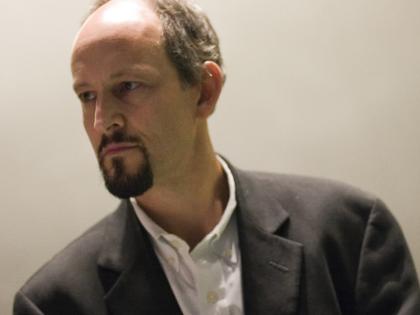In the wake of last year’s upheaval over appointing women to professorships in the Faculty of Arts and Sciences (FAS) and the challenges facing women in academic science and engineering (see “Engineering Equity,” July-August 2005, page 55), both subjects have become staples of campus conversation and policymaking.
The week before Thanksgiving, Harvard hosted the first of three nationwide symposiums (cosponsored with the Howard Hughes Medical Institute, the National Institutes of Health, and two other universities) to advance retention of underrepresented students in science programs. In her opening remarks, senior vice provost for faculty development and diversity Evelynn M. Hammonds spoke about her transformative experience when, as a physics student, she encountered black scientists at a Bell Laboratories summer research program (see www.provost.harvard.edu/reports). President Lawrence H. Summers later made the case for diversity in science and engineering on the grounds of fairness, inclusion of prospectively excellent scholars, and benefits from applying multiple perspectives to problems (see president.harvard.edu/speeches).

On December 6, the presidents of Cal Tech, Harvard, MIT, Princeton, Stanford, Berkeley, Michigan, Penn, and Yale issued a statement recognizing that “barriers still exist to the full participation of women…in academic fields throughout higher education.” They acknowledged that “there are still significant steps to be taken toward making academic careers compatible with family caregiving,” and pledged personnel policies, resources, and a culture that “supports family commitments,” to ensure “equitable and productive career paths for all faculty.” Separately, Yale deputy provost for science, technology, and faculty development H. Kim Bottomly, an immunologist, announced that university’s goal of increasing the proportion of women faculty members to 30 percent and of minority faculty members to 19 percent by 2012. (The proportions for the main arts and sciences faculty, including tenured and junior members, are now 25 percent and 14 percent.)
At the FAS faculty meeting on January 10, Dillon professor of international affairs Lisa Martin, speaking in her capacity as senior adviser to the dean on diversity issues, reported on the recruitment of new professors. The data (subsequently updated through late March for this article) show that 9 of 29 tenure offers during the 2005-2006 academic year to date, or 31 percent, were made to women. In the previous year, 9 of 33 senior offers (27 percent) went to women. But she noted with concern that the rate of acceptance by men of the 2005 offers resolved to date significantly exceeded that by women: 79 percent versus 33 percent, with just 2 men and 3 women in that cohort still considering Harvard’s bid. (It is too soon to calculate acceptances for offers made this academic year.)
Turning to policy matters, Martin reviewed University support for junior faculty trying to balance professional and family responsibilities: funds for childcare during travel; childcare referrals; extension of the tenure clock; and other services. FAS, she said, is collecting better data on the candidate pools for junior-faculty searches. Among the issues she is now studying are mentoring for such colleagues; maternity leave, not just the current teaching relief (changes in University policy are due this spring); and training programs for search-committee members. Citing national data, she noted that among women holding tenured positions in universities, 45 percent do not have childrenand men who have children within five years of receiving their Ph.D. are 38 percent more likely to win tenure than women who do so. Martin is also evaluating possible part-time employment options (at reduced pay) for junior professors.
(At the end of January, Stanford broke new ground by extending six weeks of paid maternity leave to graduate students who have research and teaching commitments. It also created an “accommodation period” of up to two quarters during which grad students who give birth can postpone coursework and examinations. The policy mirrors those Stanford already has in place for postdocs. The status of female postdocs, in the life sciences and biomedical research, looms large at Harvard, according to the May 2005 report of the Task Force on Women in Science and Engineering.)
Toward the end of January, in Davos, Switzerland, where he cochaired this year’s meeting of the World Economic Forum, President Summers emphasized the importance of educating girls in the developing world. He cited overwhelming economic, social, and health returns from such investmentsa theme he first advanced during his tenure as chief economist of the World Bank, from 1991 to 1993.
And at a conference at the Kennedy School on women and leadership held March 9, Summers addressed the importance of bringing diverse perspectives to bear on problems ranging from research to the management of professional firms and business corporations. He noted that in pursuing the means to open opportunities to womenthrough closer contact with science faculty members, for example, or better mentoringthe work undertaken by Hammonds and other colleagues throughout the University uniformly shows that in purely educational terms, “almost all the ideas that came [up] were good ideas even if you weren’t concerned about diversity.”







